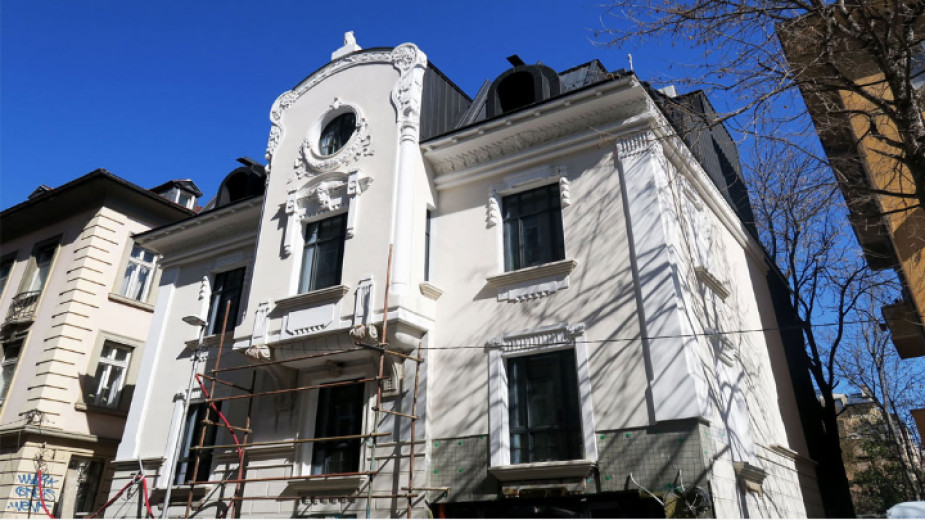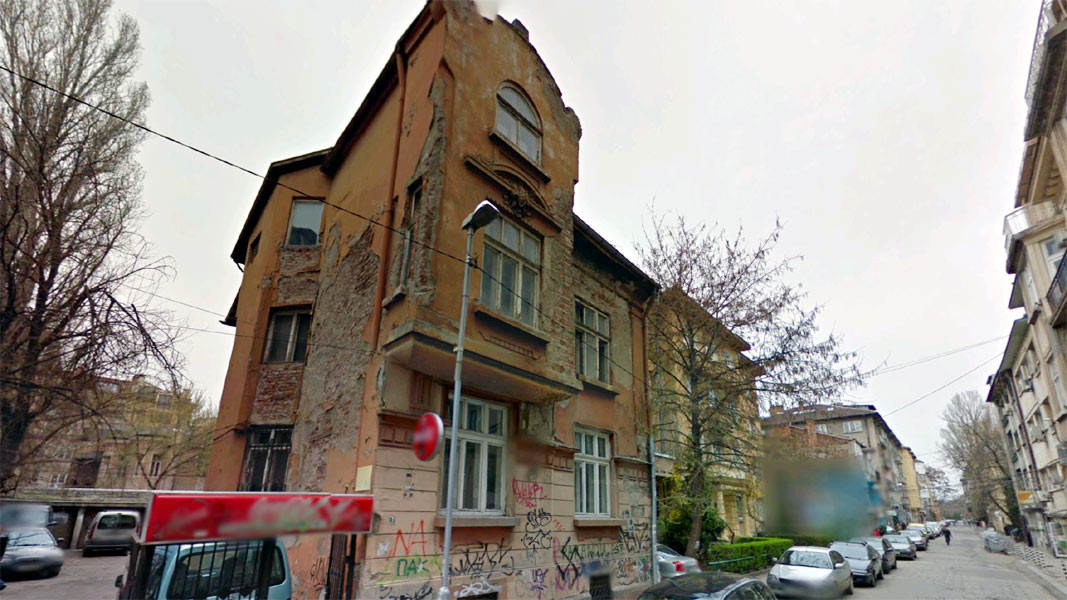 4
4
The topic of preservation of Bulgarian cultural heritage has long been part of public agenda. In the capital city of Sofia alone, the number of buildings - monuments of culture is about 800. Problems related to their status, given by the National Institute of Immovable Cultural Heritage, are some of the obstacles owners face when taking actions for their restoration and preservation. Aware of the importance of architectural heritage for the city image, Sofia Municipality has been seeking ways to preserve part of this wealth within its capabilities. A specialized municipal cultural heritage program has been developed, which will be to the benefit of owners of similar buildings, having difficulties in starting their restoration. According to the Deputy Mayor, in charge of culture and education, Todor Chobanov, the idea of the municipal program is to support the preparation of projects for both major repairs and work on the façade, so it becomes much easier and quicker for owners to secure financing. Despite the difficulties encountered with the maintenance of such buildings, there are examples of rescued architectural monuments. This is the case with buildings in the "Ivan Vazov" street downtown Sofia, where remarkable examples from different architectural periods can be seen; like the Banker's House, built in 1912, as well as the tallest residential building in Sofia from the early 20th century – the home of entrepreneur Hristo Gendovich. Both are work of famous Bulgarian architect Nikola Lazarov, who designed the building of the Military Club, the expansion of the royal palace and many other architectural masterpieces.
Ivan Vazov Street hides the stories of other curious buildings, too. An example is the house of Major-General Dimitar Pernikliyski, affected by the bombings over Sofia during the Second World War before being razed to the ground in 2015.

But unlike many other old houses that had disappeared from the urban landscape, this building has been restored at the request of its new owner - honorary consul of Lithuania to Bulgaria, Racho Ribarov. When rebuilding, workers paid special attention to the facade facing the street. Architects define the style of the building as Bulgarian art nouveau. The façade with its rich ornamentation, reminiscent of wood carving and characteristic of that period, has been meticulously restored.
 The story of the first owner of the house, Dimitar Pernikliyski, who was born in Samokov, is very intriguing. We have learned more from Dr. Stoyan Nikolov from the National Military History Museum:
The story of the first owner of the house, Dimitar Pernikliyski, who was born in Samokov, is very intriguing. We have learned more from Dr. Stoyan Nikolov from the National Military History Museum:
“With the restoration of Bulgarian statehood as a result of the Russo-Turkish Liberation war, the country started training its own military officers. Along with students in the military school, bright and young Bulgarians were sent to receive education in the Russian Empire. This is the case with Dimitar Pernikliyski. He was sent to a military school in Elisavetgrad (today in Ukraine), where he studied artillery. It was a cavalry military school, but in 1881, 31 Bulgarian officers successfully completed their education and returned to their country. On September 8 the same year, Pernikliyski was given the rank of second lieutenant and started his career as a junior officer in the First Artillery Department of the Sofia Artillery, which was to become the 1st Artillery Regiment. In the defense of Slivnitsa and the taking of Pirot during the Serbo-Bulgarian War of 1885he was commander of 6th Battery of First Artillery Regiment. These were the two biggest battles in the two-week Serbo-Bulgarian war.”
After World War I, Major General Dimitar Pernikliyski devoted himself to productive scientific activity and was one of the founders of the specialized military paper "Artillery Review".
English: Alexander Markov
Photos: lifebites.bg и museumsamokov.blogspot.comThe newest exhibition at the National Museum of Military History in Sofia, 'War and the Creatives: A Journey Through Darkness' opens today, offering free entry as a gesture to those who were unable to visit during the recent renovations. Rather than..
A 5,000-year-long history lies hidden in the ruins of the medieval fortress “Ryahovets” near the town of Gorna Oryahovitsa where active excavations began ten years ago. On this occasion, on November 17, the Historical Museum in Gorna Oryahovitsa..
Just days ago, archaeologists uncovered part of the complex underground infrastructure that once served the Roman baths of Ratiaria - one of the most important ancient cities in Bulgaria’s northwest. Founded in the 1st century in the area of..

+359 2 9336 661
